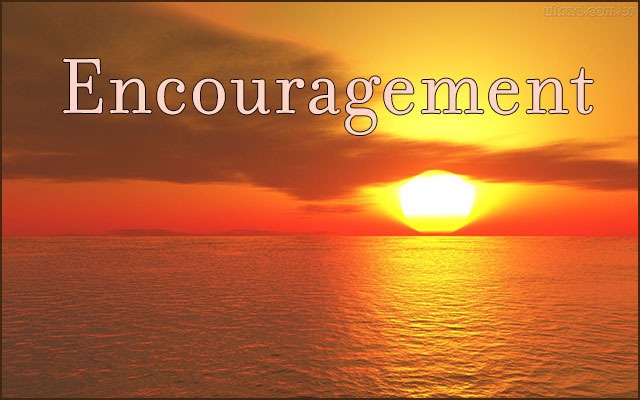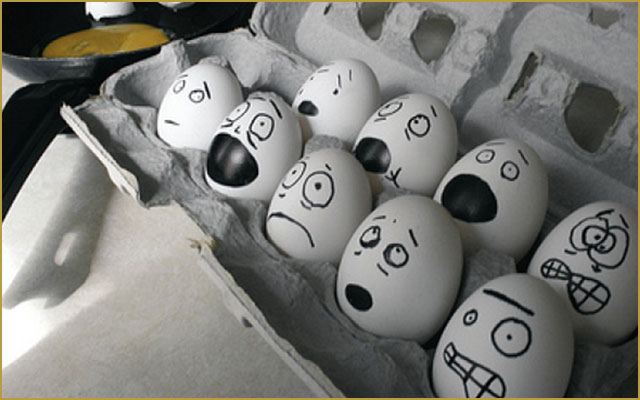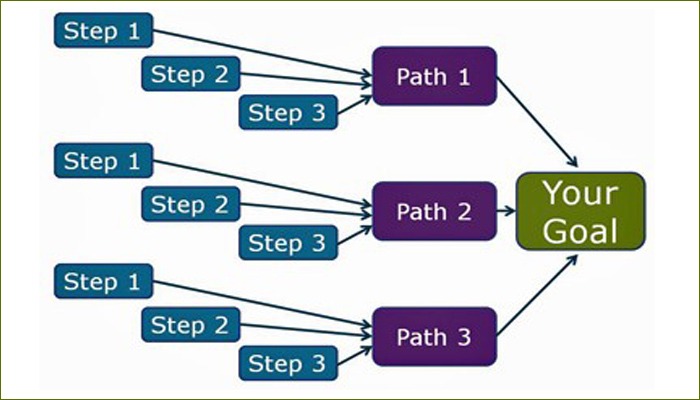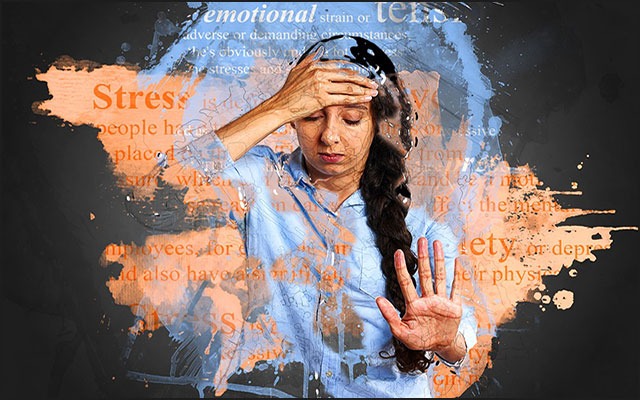Encouragement for Pain Sufferers

…Where seldom is heard a discouraging word
by Dee Emmerson, TCC Writer
The old ballad, “Home, Home on the Range” paints a picture of buffalo, deer and antelope roaming under never-cloudy skies—an idealistic view that omitted any mention of human interaction. The recurring theme did, however, allude to something we get from people or give away generously: discouragement.
If you live with complicated pain, you’re personally familiar with being downhearted about your situation. Maybe you’ve become more discouraged when you felt your needs were not respected or when someone told you there were no more solutions.
If we could create the perfect world of chronic pain that can’t be eliminated, it might include a battalion of encouragers—friends who provide support and assistance, caregivers that add a caveat to “no more solutions”—but we’re going to keep you in mind as medical techniques advance, those who say thank you or I’m thinking about you, and individuals who recognize our strengths and remind us of them (because what we’re good at is often eclipsed by our pain).
And where, you might ask, do we gather such an army?
1. Encourage encouragement. What we give to others is often returned. We can thank others, offer assistance, give positive feedback and acknowledge their strengths. The power of one person can start a movement.
2. Choose friends. We probably think of friendship as a natural progression from acquaintance to best friend, but making thoughtful choices when it comes to friendships can mean the difference between our own ascent or descent— inspired or bored, boosted or diminished, talents in action or dormant, reassurance or despair.
3. Respect resources. Do we take our time for granted? Our bodies? Our relationships? Those hours scanning social media outlets when we could be enjoying a live-person conversation are never recovered. While we don’t choose our family members, they can be the closest allies we have. Peace talks have a much higher success rate than wars. Our body and mind are the most trustworthy investments available; what we put in we get out: nutrition produces a sharp mind and immune system, aerobic movement strengthens heart and muscles, stretching/strengthening results in good posture and efficient blood/air flow.
4. Be what you want. I once listened to a radio program caller describe how her Grandmother had failed to be a good grandmother—example after example of what she did or didn’t do—and how it was the source of everything in the caller’s life that didn’t work. The doctor on the helping end was having none of it. “So, you can’t be who you want to be because your Grandmother isn’t who you think she should be?” This stopped the caller’s tirade for a moment, so the doctor went on to explain that not being who she wanted to be because her grandmother wasn’t who she was supposed to be could be remedied. “How?” the caller wanted to know. “Be your own Grandma,” the doctor said matter-of-factly. The next few minutes he helped her translate all the bad behavior and neglect into actions she could take to be a “better Grandmother” to herself. For those of us who are discouraged by others’ deeds and words, this story might help us create our own solutions.
An army of encouragers—what a positive impact on our world of pain! Not sympathy, but encouragement. Reassurance of our personal strengths, support to build on our values, and empathy that envisions growth. What can we do today to reset our focus from being fixed to becoming our own agent of change.
If you live with pain, a Coach can help you discover strategies to manage or reduce your pain. Or, Coaching may be the perfect avocation for you to help others. TCC®U trains coaches and prepares students for national certification.
PainPathways Magazine
PainPathways is the first, only and ultimate pain magazine. First published in spring 2008, PainPathways is the culmination of the vision of Richard L. Rauck, MD, to provide a shared resource for people living with and caring for others in pain. This quarterly resource not only provides in-depth information on current treatments, therapies and research studies but also connects people who live with pain, both personally and professionally.
View All By PainPathways






